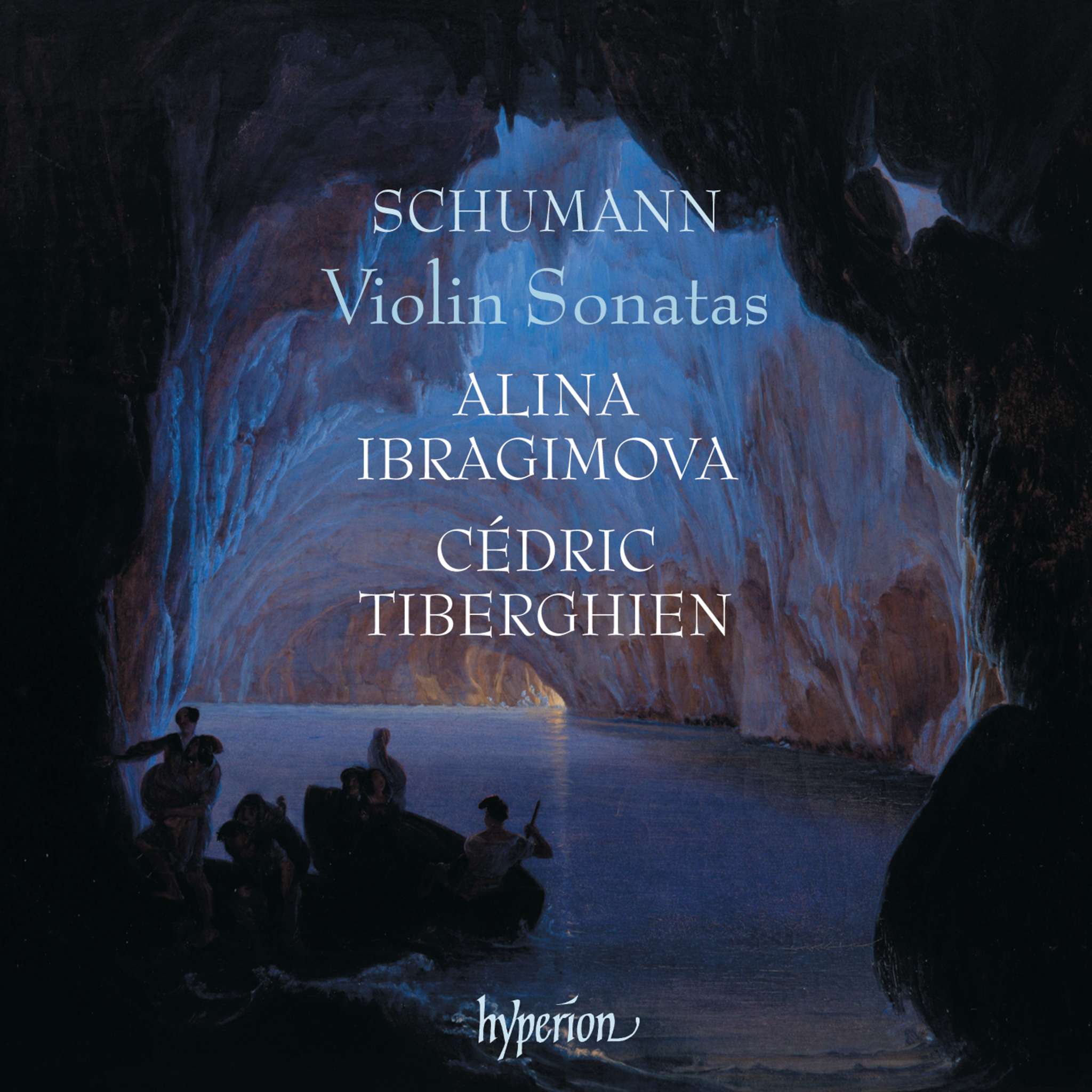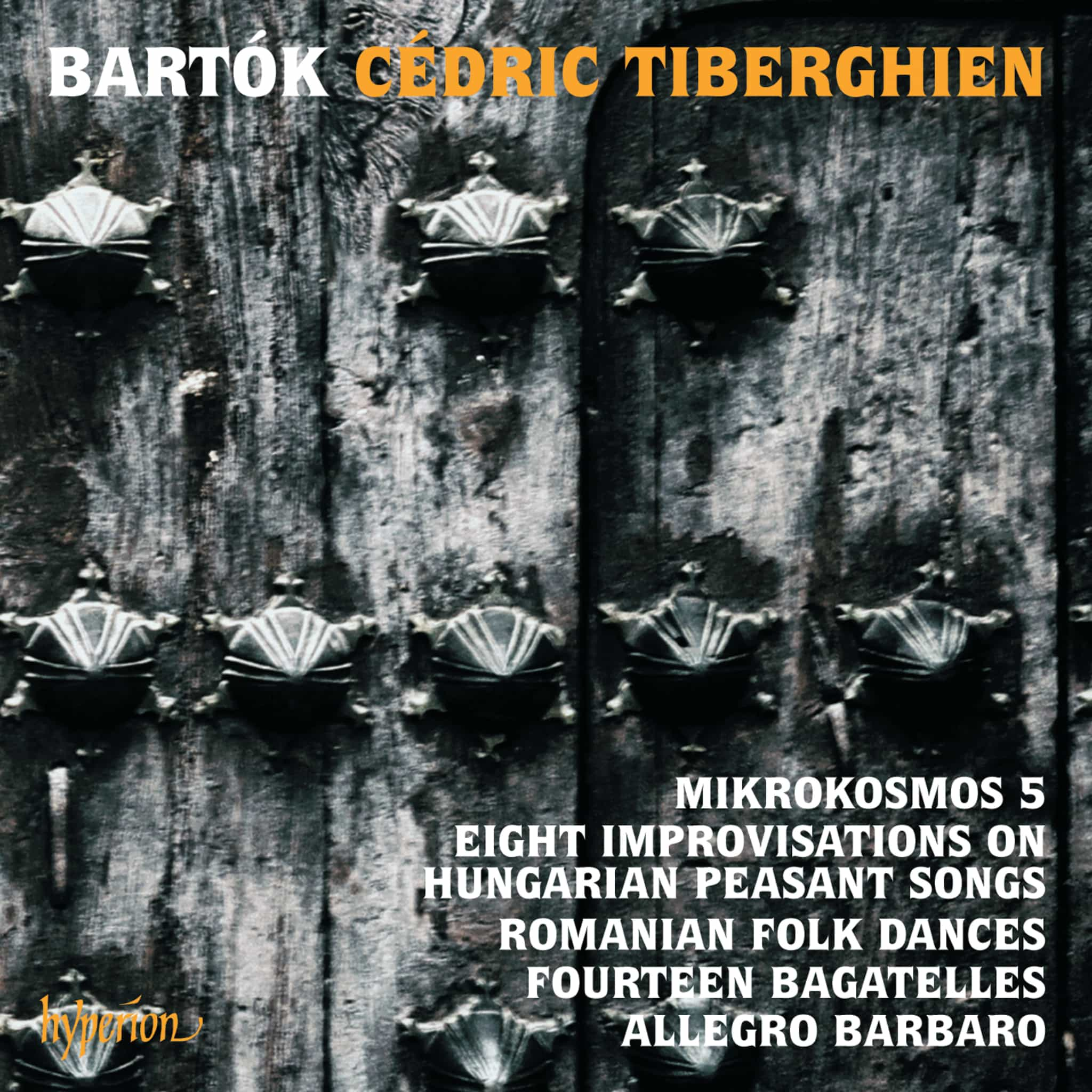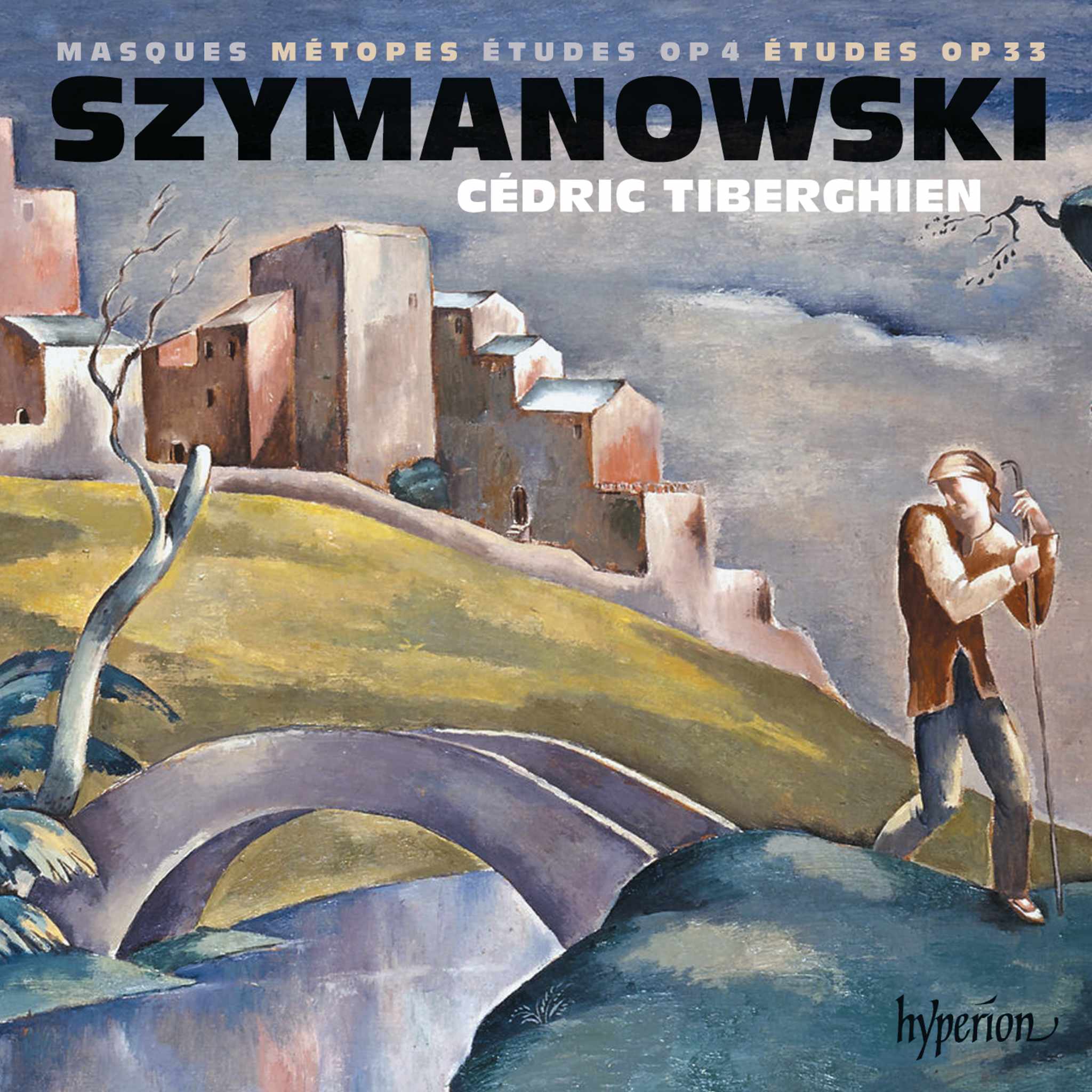Album insights
Although Granville Ransome Bantock showed a clear talent for music, his father, a prominent London surgeon and gynecologist, initially forbade him from pursuing it as a profession. It was only after displaying complete indifference towards a lucrative career in the civil service that he was allowed to enroll as a student at the Royal Academy of Music. There, between 1889 and 1893, he received composition lessons from Sir Frederick Corder, known for his progressive musical inclinations. Bantock proved to be a diligent and increasingly ambitious student, producing a large amount of music, including 14 out of a planned cycle of 24 tone poems based on Southey's Indian-inspired poem "The Curse of Kehama."
Upon leaving the Academy, he founded the magazine "New Quarterly Musical Review," where he served as editor. Gradually, his focus shifted towards conducting, participating in George Edwardes’ A Gaiety Girl world tour and a British tour with Stanford’s Shamus O’Brien. He gained invaluable experience, eventually taking the post of musical director at the Tower of New Brighton in 1897. Facing an orchestra accustomed to playing the most ordinary music, he ambitiously transformed the situation. By enlarging the orchestra, improving its competence, and convincing skeptical local authorities, he introduced classical music concerts, expanding the repertoire beyond the usual marches and waltzes. Soon, the Merseyside region's audience heard not only Johann Strauss and Waldteufel but also Wagner and Liszt. Moreover, a series of concerts dedicated to contemporary British composers sparked even greater amazement. Apart from advocating for British music throughout his life, Bantock developed a particular interest in contemporary continental European composers such as Debussy, Richard Strauss, and especially Sibelius, who dedicated his 3rd Symphony to him. In sum, Bantock was a musician with diverse interests and exceptional energy, proving himself as an outstanding teacher at the Birmingham and Midland Institute of Music and later as the Peyton Professor at the University of Birmingham.
Throughout his life, Bantock was a prolific composer of large-scale works often characterized by heroic or exotic themes. Inspired deeply by Liszt and Wagner, much of his compositions were either programmatic or text-based. Notably, his attention to choral music distinguished him from his contemporaries, reflecting the significance of this form in British music during the turn of the century. Bantock's extensive knowledge spanned various languages and subjects, fueling his intense passions for all things Oriental and Celtic, evident in his eccentric lifestyle and musical works. While many of his compelling compositions remain overlooked today, his Celtic-inspired works like the Hebridean Symphony and the opera "The Seal Woman" offer engaging experiences for modern audiences.
Considered a late work, the Celtic Symphony, completed on September 16, 1940, showcased Bantock's enduring visionary power and penchant for grand compositions. Although modestly calling for a string orchestra, he emphasized the necessity of six harps to achieve the desired effect. Despite its remarkable beauty and artistry, the symphony struggled to secure a prominent place in the repertoire, alongside other British masterpieces.
Emerging as one of Bantock's most memorable works inspired by the Hebrides, the Hebridean Symphony, completed in 1913, displayed distinct sections with unique programs. Evoking a blend of dreamy landscapes and ancient legends, the symphony captivated audiences from its enchanting opening to the powerful and triumphant conclusion, reflecting Bantock's vivid vision of the Hebrides.












